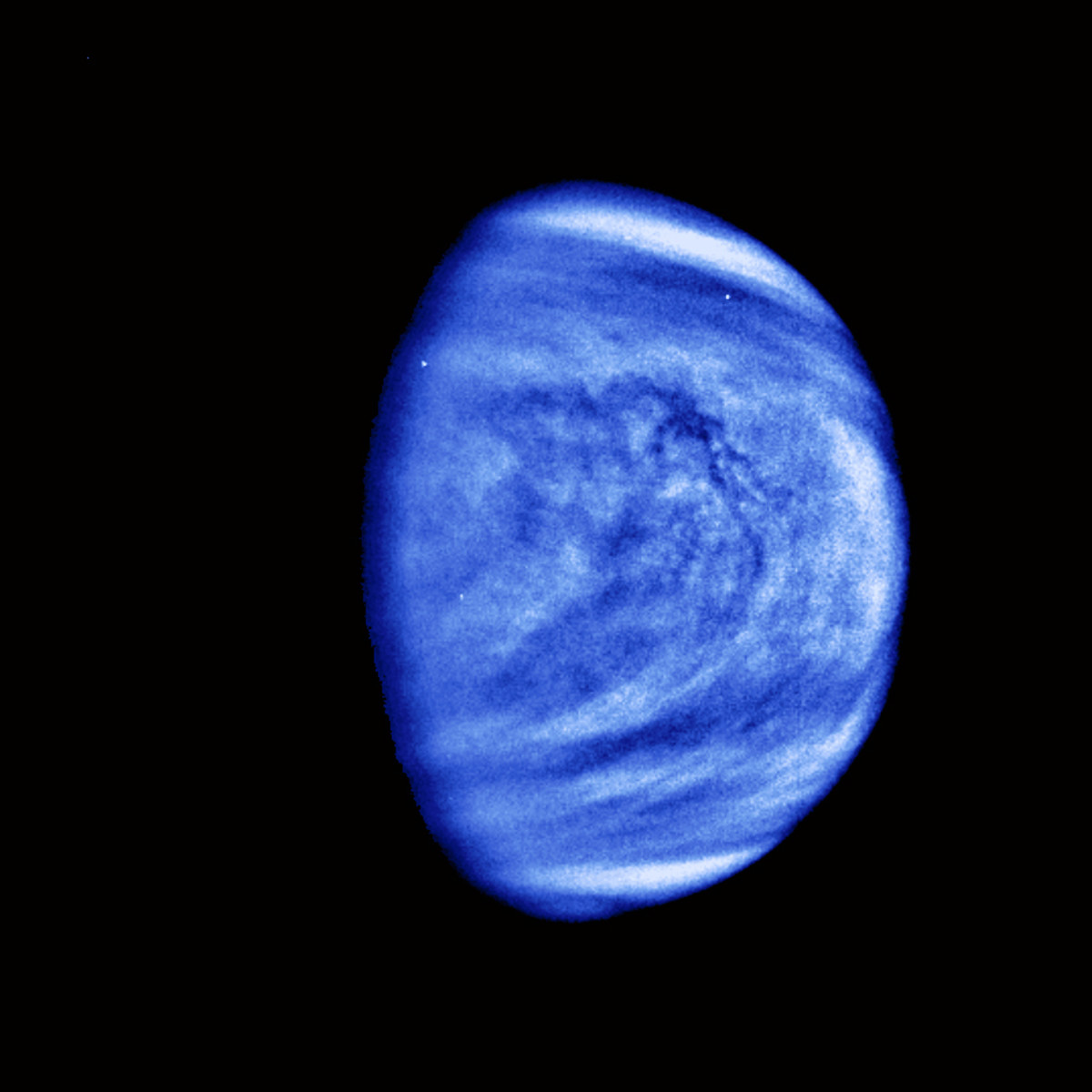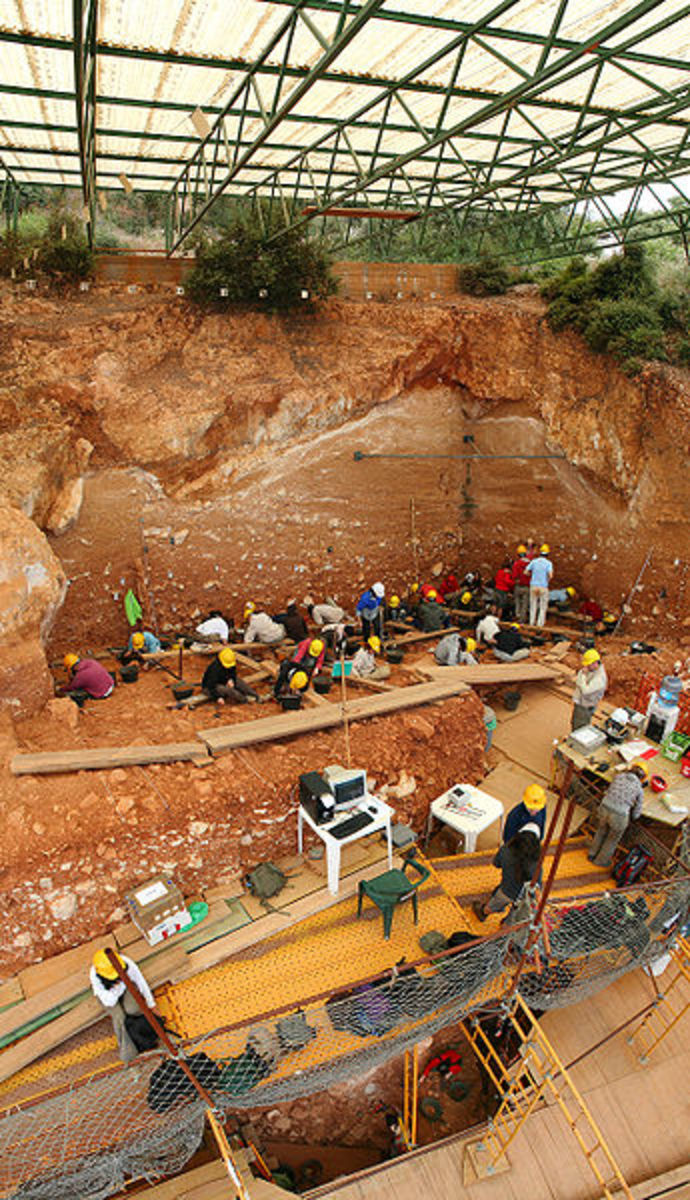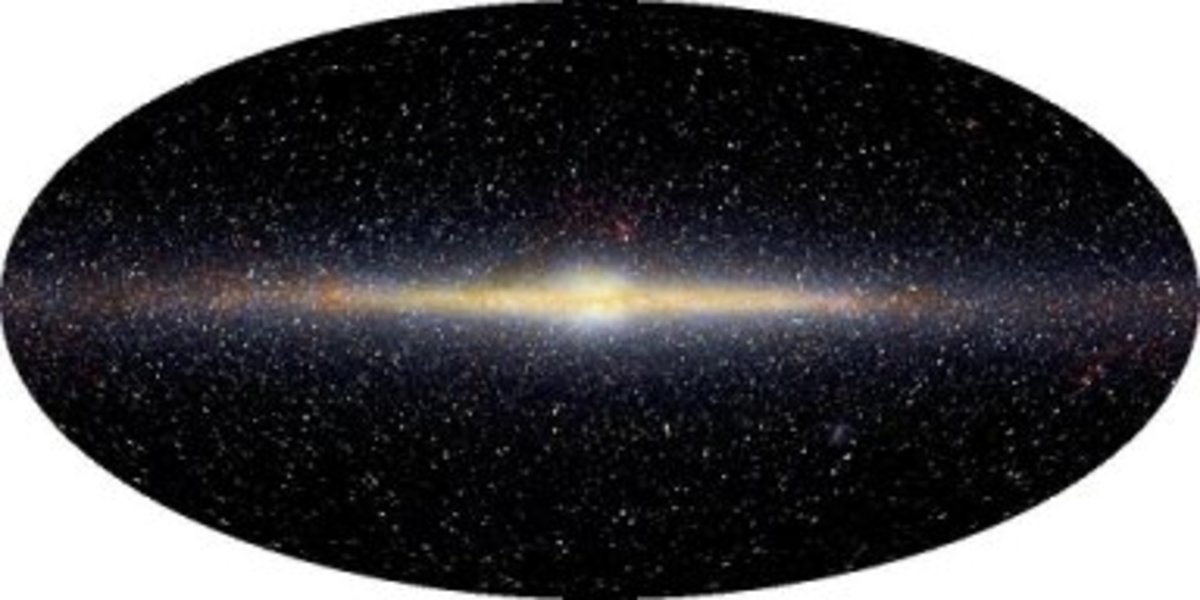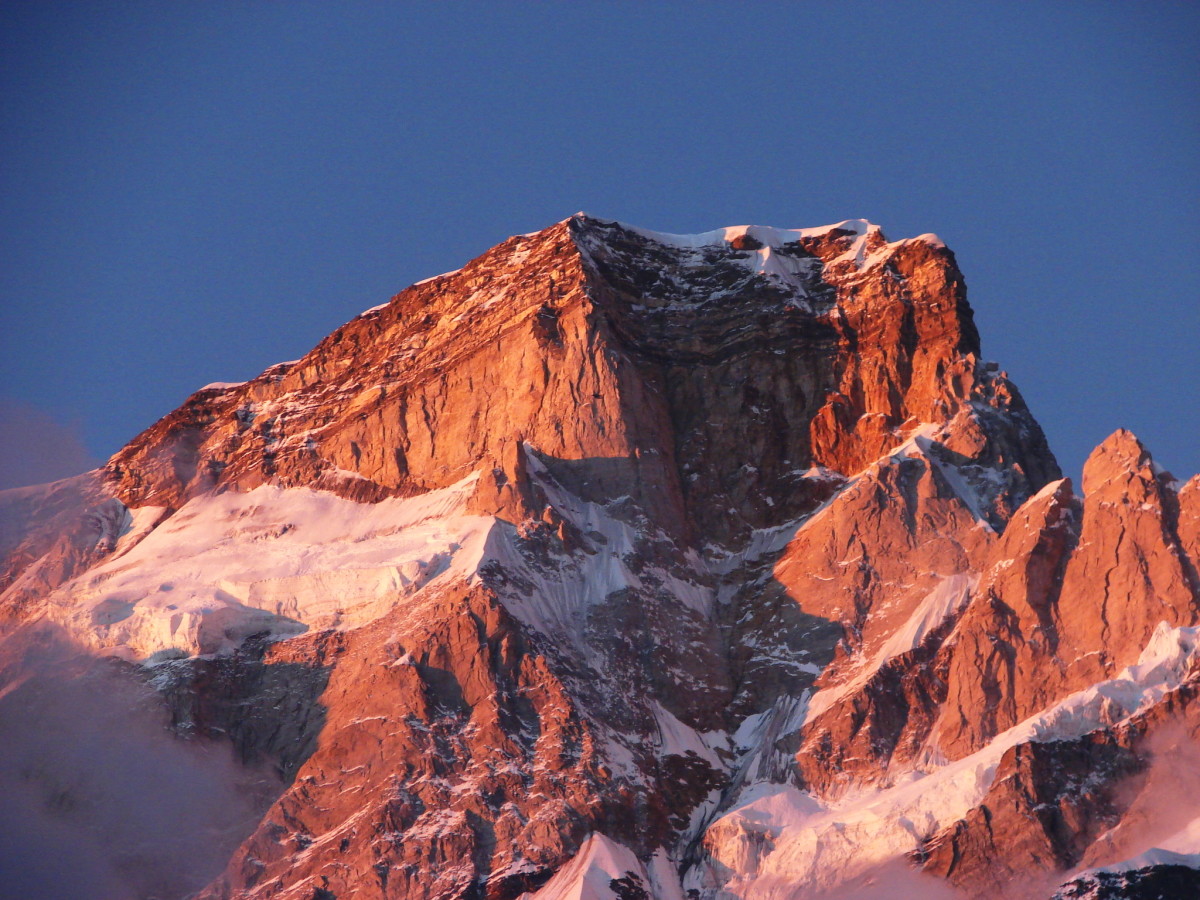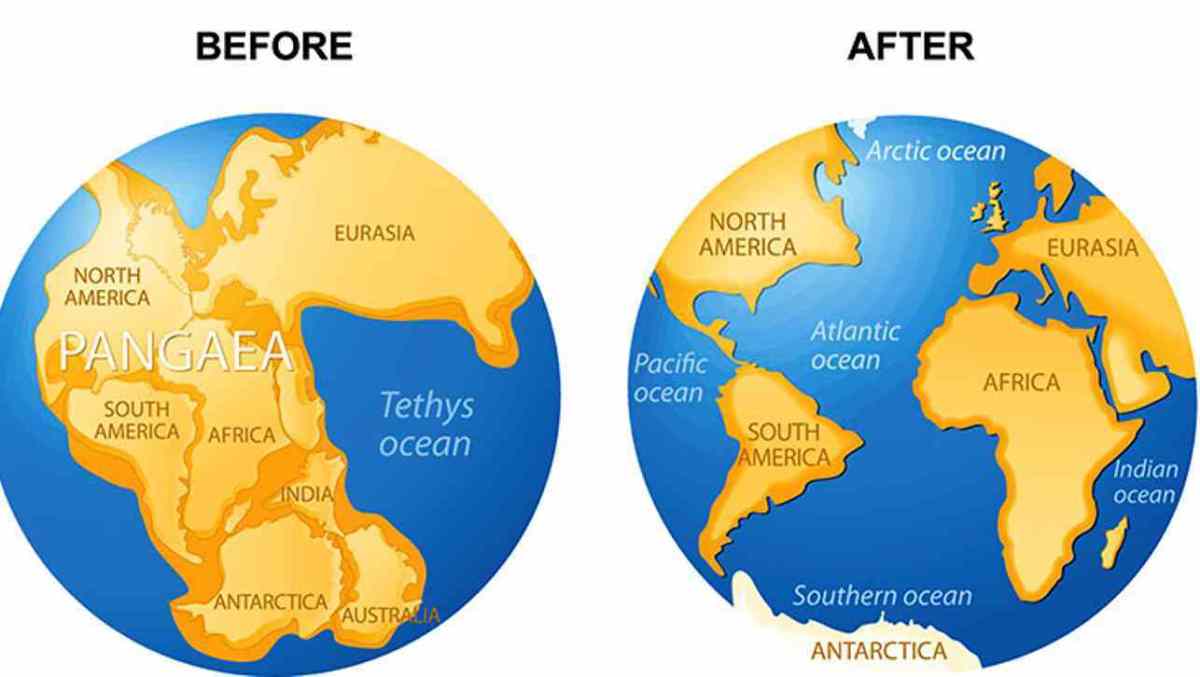The Core, Layers and Mantle of Planet Earth
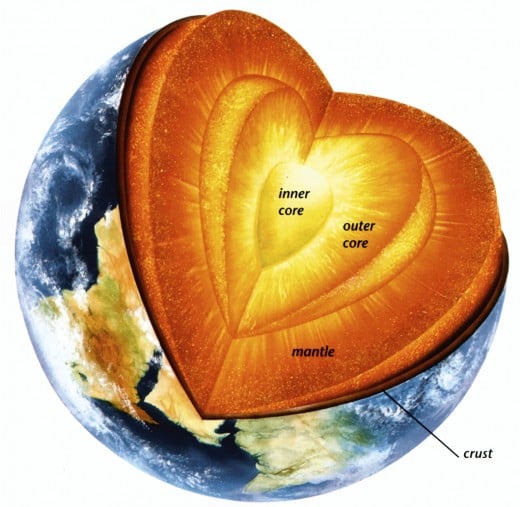
The Interior of the Earth shapes all at the surface
The core and mantle of the Earth are dynamic and active places and are responsible for geomagnetism, volcanism and plate tectonic movement. There are several “layers” that comprise the Earth from the center to the crust, but they are often considered in three main groups, the crust, the mantle and the core. There is no simple way to describe a place that is in dynamical change, but we can make an analysis based on the abundance of elements and molecules that exist on the surface of the Earth and in space around Earth. We have learned a lot since the beginning of our exploration into the inner regions of the Earth. This knowledge has come from seismographic studies, deep Earth tomography, the geomagnetic field and by analyzing volcanism and the movement of the tectonic plates.
If we take a simple case, we can determine that the heaviest elements would tend to sink, whereas the lightest elements would tent to rise and float. Most of the Earth exists in a state of a molten liquid, until we reach the depth were pressure alone causes solidification. The simple case of a none dynamical model would have the Earth divided by mass of element in a layered structure somewhat like layers of an onion. The lightest elements like bismuth, aluminum and silicon would float to the surface and more massive elements like iron, lead and uranium would sink toward the center. How do we know that these elements are locked deep in the Earth? We can infer this by heavy elements on the surface that did not get a chance to sink, such as in the natural uranium found at the impact site in Gabon Africa and the nickel impact site that forms Sudbury Canada. The Earth has many heavy element deposits that never got to sink to the center because these elements arrived from space after the lithosphere or crust solidified. We also know that there are families of asteroids and meteoroids that are metallic, stony and carbonaceous as well as exotic ones. Many types have crashed to Earth and the same types have been found by observing them in space. There are even "hot" ones that could have been heated by recent impact or are heated internally by radioactive decay.
Modern geologists identify four main zones that comprise the Earth; the lithosphere or crust, the mantle, the outer core and inner core. But they also know that the Earth is a place of change, so there are no distinct smooth boundaries. In mountainous regions, the lithosphere can be 20 to 30 miles thick, but at mis-oceanic plate boundaries, the thickness of the lithosphere can be as little as a mile or two thick. Below this is the mantle, that exists largely in a semi-liquid state, except where hot plumes, such as in Hawaii extend from the core and in regions where tectonic subduction causes local heating of the mantle that drives volcanism around the Pacific Ring of Fire.
Seismographic studies conducted from passively observing earthquakes and by deliberate sounding has given us a view of Earth's interior. Helpful in this study is by sounding the Earth using ultra-low frequencies in deep Earth tomography. A similar process is used by medical practice, using ultrasound to study the inside of living bodies without invasive surgery. Interesting three dimensional maps of the deep Earth show that the interior is turbulent with hot plumes and cold sinks. This process has been used mainly in the hunt for buried resources, but as a side benefit has been the learning of the overall structure of a dynamical Earth in evolution.
We have also learned that the core of the Earth is rotating slightly faster that the crust. The core exists in two main states, the outer liquid core and the inner solid core located at 2,890 and 5,100 kilometers deep respectively. It is the liquid part that allows for the differential rotation of the surface and interior and also is responsible for the generation of the magnetic field. We know why the Earth is slowing in rotation. This is due to the moon pulling on the bulge of Earth's equator and slowing the surface rotation while the moon is slowly being flung out of Earth orbit. It may well be that the interaction of the Earth and moon is responsible in main for the geomagnetic field. The core retains some of the Earth's faster ancient rotation. But due to the fact of turbulence which arises from the very depth of the Earth, there are fluctuations in the geomagnetic field. Currently this is being played out in an overall weakening and an apparent ongoing field reversal. The current geomagnetic field is going into chaos primarily due to decoupling, analogous to what happens in the sun every 11.2 years of sunspot cycling.
Deep at the heart of the Earth it is theorized that there is a core within the solid iron core and this is in a liquid form with superheated uranium-238 and thorium-232 in a state of perpetual meltdown at some 7,000 Kelvins. It is hotter than the surface of the sun due to its confinement. Were it on the surface without the pressure of overlaying core, mantle and lithosphere, the resulting thermonuclear explosion would dwarf the sum of all detonations throughout history. This inner core varies in heat output due to turbulence that arises from radioactive decay. As waste elements like Cesium and Krypton accumulate, the temperature drops until the waste settles out by rising toward the surface of this core. Once this happens, the core reheats and begins a new stage of dynamic activity. It may well be that surface volcanism that goes through stages of high activity and relative quietude originate from this cycle. It is theorized that this superheated uranium core is some five to eight miles in diameter. It settled to the interior during the formation of the Earth during the two heavy bombardment stages of its life ending about 3.5 billion years ago. Once the lithosphere solidified, any heavy elements delivered from space wound up close to the surface of the Earth. This is why we find some areas where iron, nickel, chromium, cobalt, uranium and other heavy elements exist on the surface today that is comprised mainly of alumina-silicates and other low mass refractory chemicals.
The mantle, lying some 2.5 to 50 kilometers ( 2 to 40 miles) under the crust, exists in a viscous state between solid and liquid. This state had been directly confirmed by drilling into the mantle. It extends some 2,890 kilometers toward the center of the planet. The inner dynamics of the Earth cause the mantle to flow in uneven and unequal ways and this drives plate tectonic movements that trigger volcanoes and surface to deep earthquakes. From 2890 kilometers to the center exists the core structure in liquid and solid states. Studies indicate that it is the inner core that retains much of the more ancient spin and the geomagnetic field originates from the liquid core that acts as a slip-fluid drive between the inner core and the mantle.
Hot plumes from deep in the Earth rise from the very core and pass heat like a heat exchanger to the mantle and punch holes in the lithosphere and crust in the Hawaiian Islands and the mid Atlantic ridge. Cold sinks pull the lithosphere down, such as what is going on in Africa from the Mediterranean and Lake Victoria. These phenomena are partly responsible for plate tectonics. At subduction zones, where the crust and lithosphere is being driven under another part of the same, the sinking crust and lithosphere is driven into the mantle, generating local hot spots that result in subduction related volcanism. The difference between plume volcanism and subduction generated volcanism is apparent in the types of eruptions. Plume volcanoes have very liquid lava and little ash. Subduction related volcanism is more explosive as refractory chemicals melt at much higher temperatures. The explosions result from extreme pressure deep down and the overlaying lithosphere and crust that is not fully melted. These volcanoes literally pulverize the overlaying material in order to release pent up pressure and heat.
We are far from knowing the total dynamic of the Earth's structure and evolution. The very nature of turbulence makes this a hard question to tackle. But, just as astronomers are beginning to understand how a super-nova works, planet modeling geologists are pushing back the boundaries of our ignorance. The outgrowth of this is better volcanic and earthquake prediction and perhaps ultimately, control.



